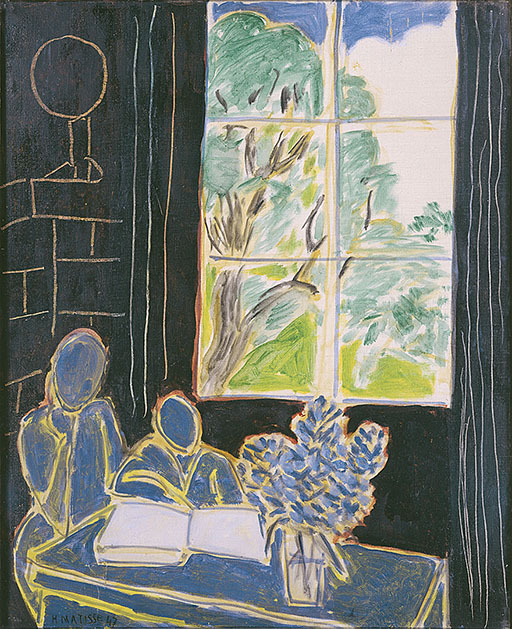1.1 The order of a story
Now that you know which are the generally accepted elements from ‘Hansel and Gretel’, have a go at the activity below by dragging and dropping the elements from the story into the order you think they take place in the story.
Activity 2 Remembering the order of a story
Using the following two lists, match each numbered item with the correct letter.
-
Hansel and Gretel are led deep into the woods by their parents who take the children into the thickest part of the forest, and leave them.
-
Hansel laid a trail of white pebbles to help him find his way back home.
-
The children found the witch’s cottage by following a beautiful white bird.
-
When the witch first hears Hansel and Gretel nibbling at her house they trick her into thinking they are just the sound of the wind.
-
Hansel fooled the witch into thinking he was too thin to eat by pretending a bone he found in his cage was his own finger.
-
The children were returned home by a swan, that ferried them across an expanse of water.
a.3
b.1
c.4
d.6
e.5
f.2
- 1 = b
- 2 = f
- 3 = a
- 4 = c
- 5 = e
- 6 = d
Answer
Here are the elements in the right order.
- Hansel and Gretel are led deep into the woods by their parents who take the children into the thickest part of the forest, and leave them.
- Hansel laid a trail of white pebbles to help him find his way back home.
- The children found the witch’s cottage by following a beautiful white bird.
- When the witch first hears Hansel and Gretel nibbling at her house they trick her into thinking they are just the sound of the wind.
- Hansel fooled the witch into thinking he was too thin to eat by pretending a bone he found in his cage was his own finger.
- The children were returned home by a swan, that ferried them across an expanse of water.
You probably found this activity a lot easier to complete than the previous one. This is because humans are very used to story-like structures. These structures are argued by some psychologists to be fundamental to how we remember, think and communicate with others. The influential psychologist Frederic Bartlett (1932) suggested that our memories could be organised through story-like structures. Known as ‘schemata’, these mental structures provide a framework for organising our memories and include ‘scripts’ which include information about the order of events. You are likely to have encountered (heard or read) many stories, including fairy tales, from the earliest times you remember in your life, so will have a memory ‘script’ that tells you what order the events are likely to happen in.
You have learned that stories are central to our experience as humans and most of us can easily relate to them. You have also learned that while, in today’s world, we tend to think about stories as things that we can read, listen to and watch, throughout history there has also been a strong tradition of oral storytelling. According to anthropological evidence, stories were used by our ancestral hominids (Donald, 1991), and formed part of cultures and geographies to such an extent that they are considered a universal form of discourse (Rubin, 1995).
In the next section you will start to think about how different types of reading might have different effects upon the reader.

